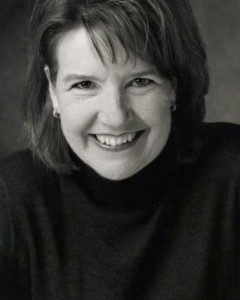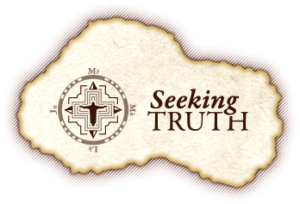Podcast: Play in new window | Download (Duration: 30:26 — 20.9MB) | Embed
Subscribe: Apple Podcasts | Spotify | Amazon Music | Android | Pandora | iHeartRadio | JioSaavn | Podchaser | Gaana | Podcast Index | Email | TuneIn | Deezer | Anghami | RSS | More
Episode 37 – John 18 – Christ’s Passion part 1

The arrest and trial of Jesus marks the beginning of his “hour” of glorification. He was aware of the impending suffering, yet gave full consent to the Father’s plan. Sharon sets the stage for this dramatic event with a detailed description of the Kidron valley, the deep chasm dividing the Temple from the Mount of Olives.
Solomon’s portico was the highest point on the Temple mount and overlooked the Kidron valley, which contains to this day the pillar of Absalom. Sharon recalls the story of Absalom, son of King David, who was banished by David after killing his half-brother, Amnon, for raping his sister, Tamar. Absalom died a violent death in the Kidron valley: as he was riding a mule, his hair became entangled in a tree, allowing David’s soldiers to spear him to death.
Facing the Kidron valley, the eastern gate of the Temple was particularly significant. Jewish tradition held that the divine presence of God would appear at the eastern gate, and it was through this gate that Jesus entered Jerusalem as the passion unfolded. Returning to Chapter 18, Sharon focuses on the details of Jesus’ arrest. Judas arrived with a cohort of soldiers; these 500 or more men fell to the ground in response to Jesus’ declaration: “I am he”, the one they were looking to arrest. Betrayal never comes from an enemy; only from someone close. Yet on the very night of his betrayal, Jesus offered his own life in forgiveness for sin. Jesus was taken first to Annas, who was the rightful high priest, but had been replaced by Rome with his son-in-law Caiphas.
Next, Peter’s three-time denial fulfills Christ’s prediction. Finally, the chapter ends with Jesus before Pilate, who attempted to free Jesus through the Passover tradition of releasing one prisoner. However, the Jews picked Barabbas, which is translated “son of the father”, choosing an insurrectionist over Jesus, the true “Son of the Father.”
Sharon Doran serves as the teaching director of “Seeking Truth.” An experienced Bible Study teacher, Sharon has a passion for scripture that will motivate and challenge you to immerse yourself in God’s Word and apply His message to your everyday life.
For more in this series, visit the Seeking Truth with Sharon Doran Discerning Hearts page.
 “Seeking Truth” is an in-depth Catholic Bible Study commissioned by the Archdiocese of Omaha in response to John Paul II’s call to the New Evangelization as well as Pope Benedict XVI’s exhortation for all Catholics to study scripture. To learn more, go to www.seekingtruth.net
“Seeking Truth” is an in-depth Catholic Bible Study commissioned by the Archdiocese of Omaha in response to John Paul II’s call to the New Evangelization as well as Pope Benedict XVI’s exhortation for all Catholics to study scripture. To learn more, go to www.seekingtruth.net

